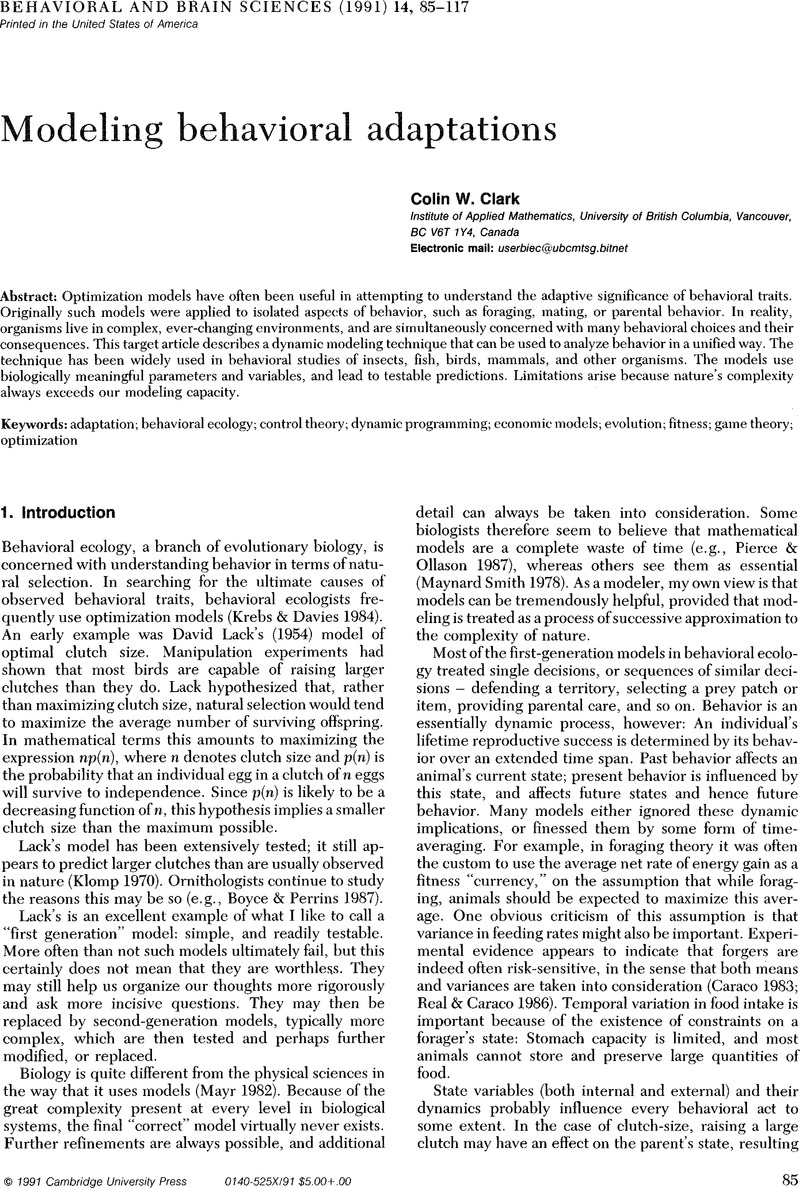Crossref Citations
This article has been cited by the following publications. This list is generated based on data provided by Crossref.
Howe, Mark L
and
Rabinowitz, F.Michael
1991.
Gist another panacea? Or just the illusion of inclusion.
Developmental Review,
Vol. 11,
Issue. 4,
p.
305.
Howe, Mark L.
and
Pasnak, Robert
1993.
Emerging Themes in Cognitive Development.
p.
267.



